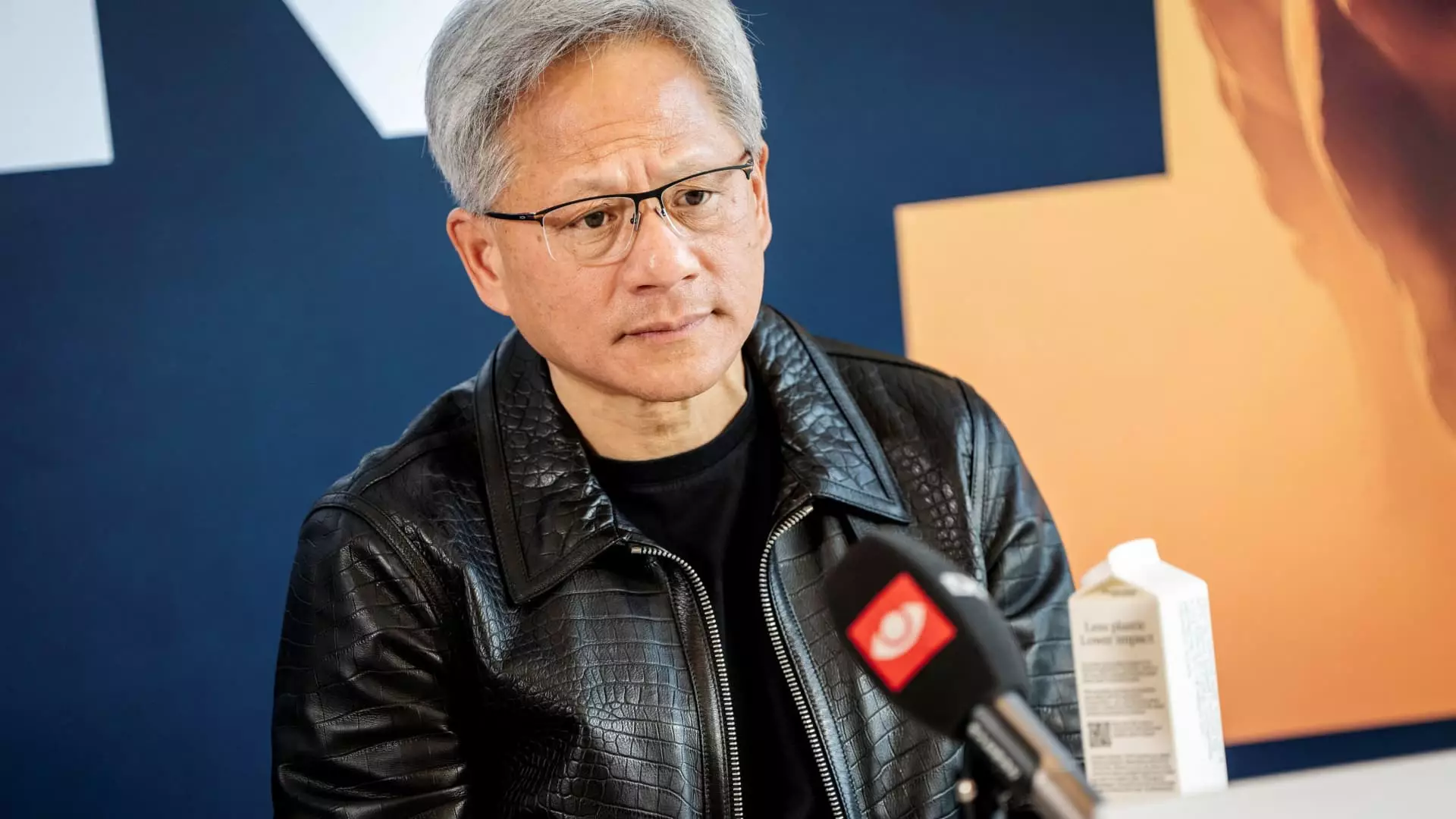Nvidia has managed to secure a formidable 80% share in the rapidly expanding artificial intelligence (AI) chip market. This is particularly significant, as GPUs have become the staple technology for developing and deploying generative AI applications. The company’s ability to maintain this dominance will be put to the test as it prepares to announce its third-quarter earnings. Investors are keen to assess whether Nvidia can sustain its impressive growth trajectory as the AI boom matures into its third year. Recent analyses, such as that from HSBC’s Frank Lee, highlight the mixed sentiments surrounding Nvidia’s potential for continued expansion, particularly given a staggering $3.5 trillion market cap.
The future outlook for Nvidia is decidedly optimistic, according to numerous analysts. The introduction of the Blackwell chip marks a critical juncture for Nvidia, as it has just begun shipping these next-generation products to tech behemoths like Microsoft, Google, and OpenAI. The success of Blackwell is central to Nvidia’s growth strategy, and focus will be primarily directed towards understanding the demand for this product. CEO Jensen Huang’s forthcoming commentary during the earnings report is expected to clarify market expectations. Concerns have arisen regarding the performance of Blackwell chips, as reports indicate potential overheating issues being faced by some users.
Investment analysts maintain a largely positive view despite these concerns. For example, Raymond James analyst Srini Pajjuri estimates that Nvidia will ship around 100,000 Blackwell GPUs in the fourth quarter, which he believes aligns with the lower bounds of investor forecasts. The anticipated revenue from Blackwell sales has already become a focal point, with Nvidia projecting earnings in the billions for the upcoming quarter.
Since the last earnings report, Nvidia’s stock has surged nearly 19%, marking a remarkable increase of eightfold since the rise of ChatGPT late last year. Such astronomical growth cannot be overlooked, reflecting not only a significant rise in sales but also a noteworthy expansion in profit margins. The forward price-to-earnings ratio has climbed close to 50, signaling bullish investor sentiment despite an acknowledgment that growth rates themselves may be moderating due to the already elevated sales levels.
In recent quarters, Nvidia reported staggering sales growth of 122%, although this figure falls short of the 262% and 265% year-over-year growth seen in the earlier periods of 2023. Analysts project a revenue forecast close to $33.12 billion for this quarter, suggesting an impressive year-over-year growth of approximately 83%. Expectations for earnings per share stand around 75 cents according to consensus estimates, further indicating continued profitability.
Segment Disparities: The Data Center vs. Gaming Business
A notable shift has occurred in Nvidia’s revenue streams: the data center business now constitutes nearly 88% of all sales, overshadowing the once-dominant gaming segment. While Nvidia remains a supplier for gaming consoles like the Nintendo Switch, which is experiencing a decline in sales due to maturity in its lifecycle, the stakes are considerably higher in the data center arena. Anticipated growth in the gaming segment is modest at around 6%, projected at $3.03 billion. Conversely, the automotive sector—though still small—is expected to experience a 38% growth, reaching about $360 million.
Despite the underperformance of the gaming and automotive segments, the relentless growth of Nvidia’s data center operations appears to be the primary driver of its ongoing valuation and market stance. This sustained demand for data center chips offers Nvidia a comfortable cushion, allowing it to navigate the complexities of market fluctuations while remaining a leader in AI technology.
Nvidia’s standing in the AI chip market remains largely unchallenged, as it continues to innovate with products like the Blackwell chip. As the company prepares to unveil its third-quarter earnings, the focus will undoubtedly center on whether it can fortify its growth narrative amidst potential challenges. The data center business’s robust performance is paramount, and if Huang can provide positive indicators concerning Blackwell’s demand, the future looks promising. The path ahead may be fraught with obstacles, but Nvidia’s ability to adapt and lead in such a critical technology sector is likely to keep its investors riding high for the foreseeable future.


Leave a Reply